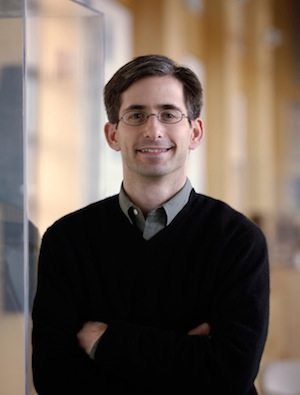With spring turning to summer soon, the squash season shifts into a different mode, wrapping up leagues and other activities with year-end events. What this yields for me are opportunities to speak at district awards dinners, club events and the like, and most recently, to serve as a speaker and moderator on a marketing panel at a nonprofit leadership conference.
Providing the latest details about our Olympic aspirations and efforts has been the hot topic of interest. At these gatherings, I speak about transitions yielding opportunities. In the last two decades,squash has experienced two major transitions resulting in a massive physical change and also, perhaps as significantly, a change in mindset and makeup of the squash community. These two are the transitions: (1) from the hardball to the softball game; and (2) the emergence of the urban squash movement, now with a dozen programs nationally, and another dozen in the pipeline. Squash has become more than just a game for those who support urban programs, it has become their connection to the community and a way to give back and change lives.
What these two have done, at a critical time for the sport, is create space for a shift in U.S. Squash’s vision and mission. With all due respect to leaders dedicated to the development of the sport, for too long in the history of the organization, U.S. Squash had a tendency to focus inwardly. This is simply no longer the case. Since 2007, our vision has been for all people to have the opportunity to enhance their health and well-being through the sport of squash, and our mission is to enhance people’s health and well-being by increasing participation in squash, to enrich the experiences of our members of all ages, and to build awareness of the sport. While not a direct correlation, the most recent data from the Sporting Goods Manufacturers Association shows a remarkable growth of 82% between 2007 and 2011 to an estimated 1.2 million players nationally, seeming to indicate we are on the right path.
However, for the marketing presentation, I encountered an interesting paradox, simultaneously struggling with what exactly to talk about while also having a hard time trimming down my remarks to the ten minutes I was asked to fill.
Part of the reason I had a hard time distilling my remarks was my inclination to address strategy in depth as a context for marketing. Focusing on branding and messaging alone is not enough; the organization needs to be focused on the right things operationally…and these activities need to be connected to the mission of the organization. By delivering results operationally, and having it be connected to the mission of the organization, the fundamentals of our branding and marketing are already in place.
Considering all of this, the sport is well-positioned to take advantage of what we hope to be a third major transition in three decades, which is increasing squash’s profile inside and outside the squash world. The sport already has a strong promotional tool—professional tournaments. The PSA has even built a compelling television and streaming service worthy of coverage by the best live broadcasters in the world. Our U.S. Open allows us to naturally create stories that are meaningful outside the sport, such as parity in prize money.
To help unify our story, and amplify our messaging, we have also partnered with every other major squash organization in the country and positioned ourselves as a resource to them: we are involved in every aspect of the game, juniors, urban programs, high school, college, tournaments, leagues, and the professional game.
Will we go three for three? Clearly success in our Olympic bid would be very helpful as it’s the largest sports platform in the world. Or will we fall short on our third straight attempt to perform on sports’ grandest stage? We’ll know soon enough, and then we will continue on with our focused work, building the sport and its foundation based on our vision and mission, just as we have been with recent and anticipated future success.



